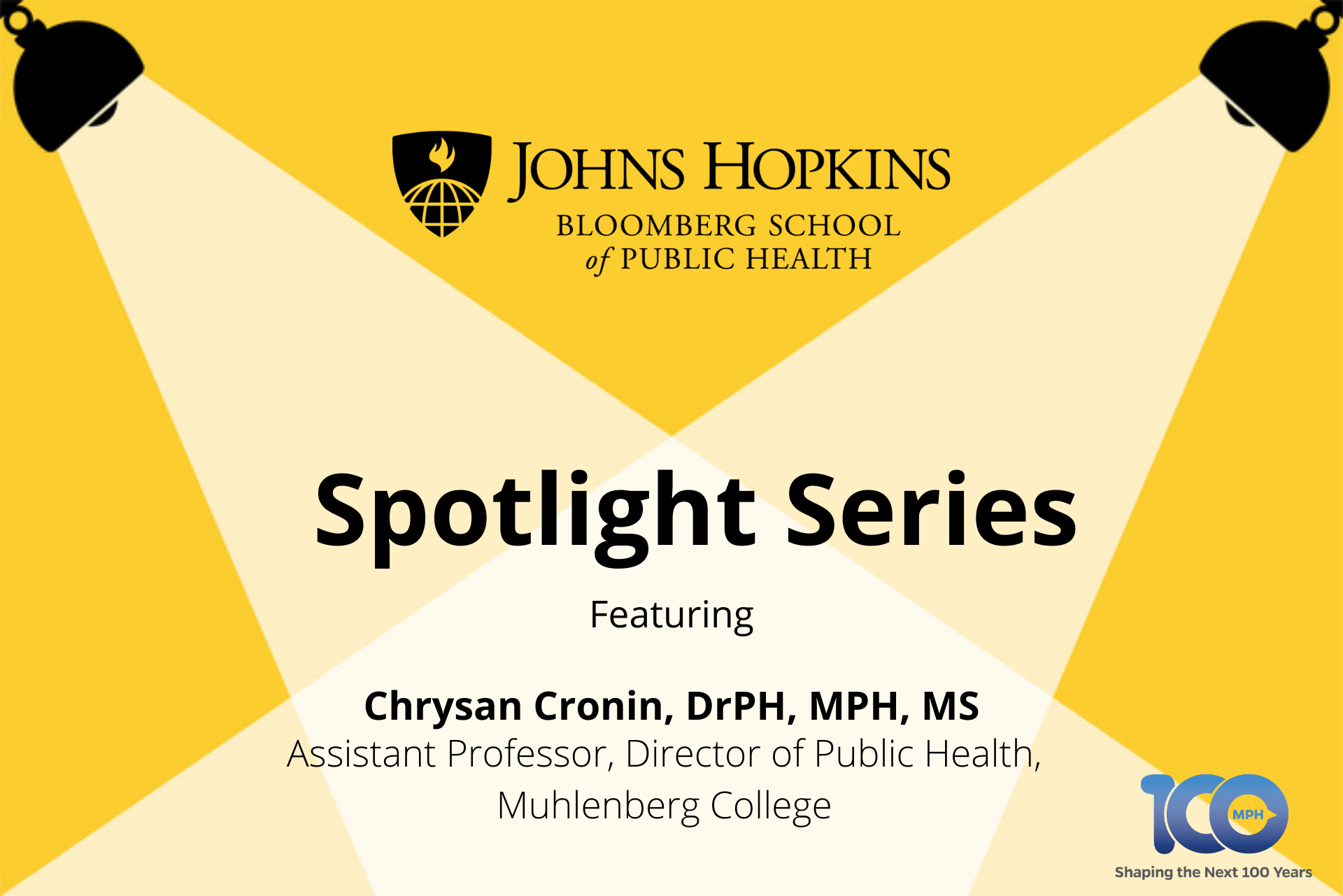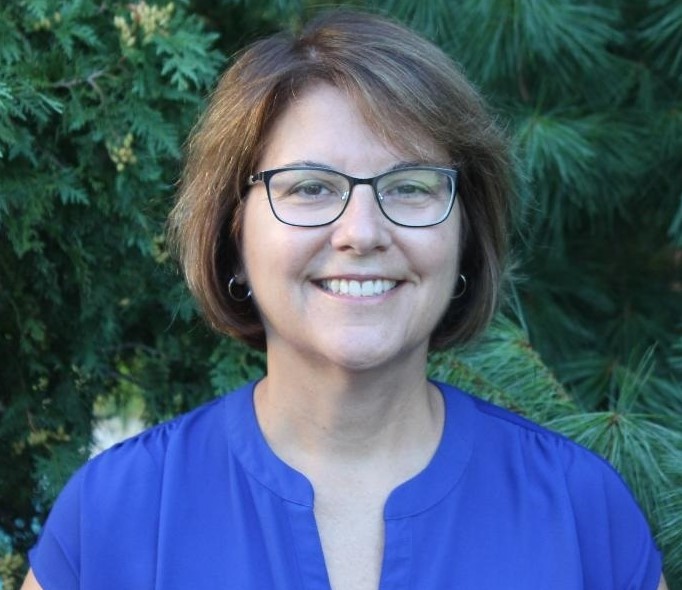Raising Radon Awareness and Communicating Risk: Challenges and Solutions in a Bilingual Population

Raising Radon Awareness and Communicating Risk: Challenges and Solutions in a Bilingual Population
Radon is an invisible, radioactive gas that naturally occurs from the decay of uranium in rock and becomes trapped inside buildings where it can be inhaled. Radon is the second-leading cause of lung cancer after smoking and accounts for over 21,000 deaths in the US every year. Ambient and indoor radon levels are influenced by geographic and geologic location and in Pennsylvania, 49 out of 67 counties have higher than average indoor radon levels. Allentown has the highest levels of indoor radon ever recorded. Research has shown that residents of Allentown identifying as Hispanic/Latino are much less likely to be aware of the radon problem than non-Hispanics, which means that they are much more likely to be exposed. Join us during Radon Awareness Month for this presentation that will discuss some of the communication strategies that we have implemented to raise awareness about radon in Allentown.
 Chrysan Cronin, DrPH, MPH, MS is an assistant professor and director of Public Health at Muhlenberg College in Allentown, PA. She earned both her MPH and DrPH from the Bloomberg School of Public Health in the Department of Environmental Health and Engineering, and also holds a Masters in Science degree in Biology from New Mexico State University. Her research focus is on radon risk communication and policy changes. Her work has recently been published in the International Journal of Radiation Biology along with co-authors Dr. Paul Locke and Dr. Michael Trush, both of Environmental Health and Engineering at the Bloomberg School of Public Health. In her research, Cronin focuses on improving risk communication, specifically in bilingual Spanish-speaking populations.
Chrysan Cronin, DrPH, MPH, MS is an assistant professor and director of Public Health at Muhlenberg College in Allentown, PA. She earned both her MPH and DrPH from the Bloomberg School of Public Health in the Department of Environmental Health and Engineering, and also holds a Masters in Science degree in Biology from New Mexico State University. Her research focus is on radon risk communication and policy changes. Her work has recently been published in the International Journal of Radiation Biology along with co-authors Dr. Paul Locke and Dr. Michael Trush, both of Environmental Health and Engineering at the Bloomberg School of Public Health. In her research, Cronin focuses on improving risk communication, specifically in bilingual Spanish-speaking populations.
